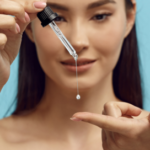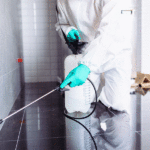
Hair Tools and Appliances: Market Analysis and Opportunities
On the verge of hitting the $3 billion mark, the consumer hair tools and appliances market shows no signs of slowing down. Driven by relentless innovation aimed at reducing hair damage, leading brands such as Dyson are setting new standards in the premium segment with multibenefit tools.









